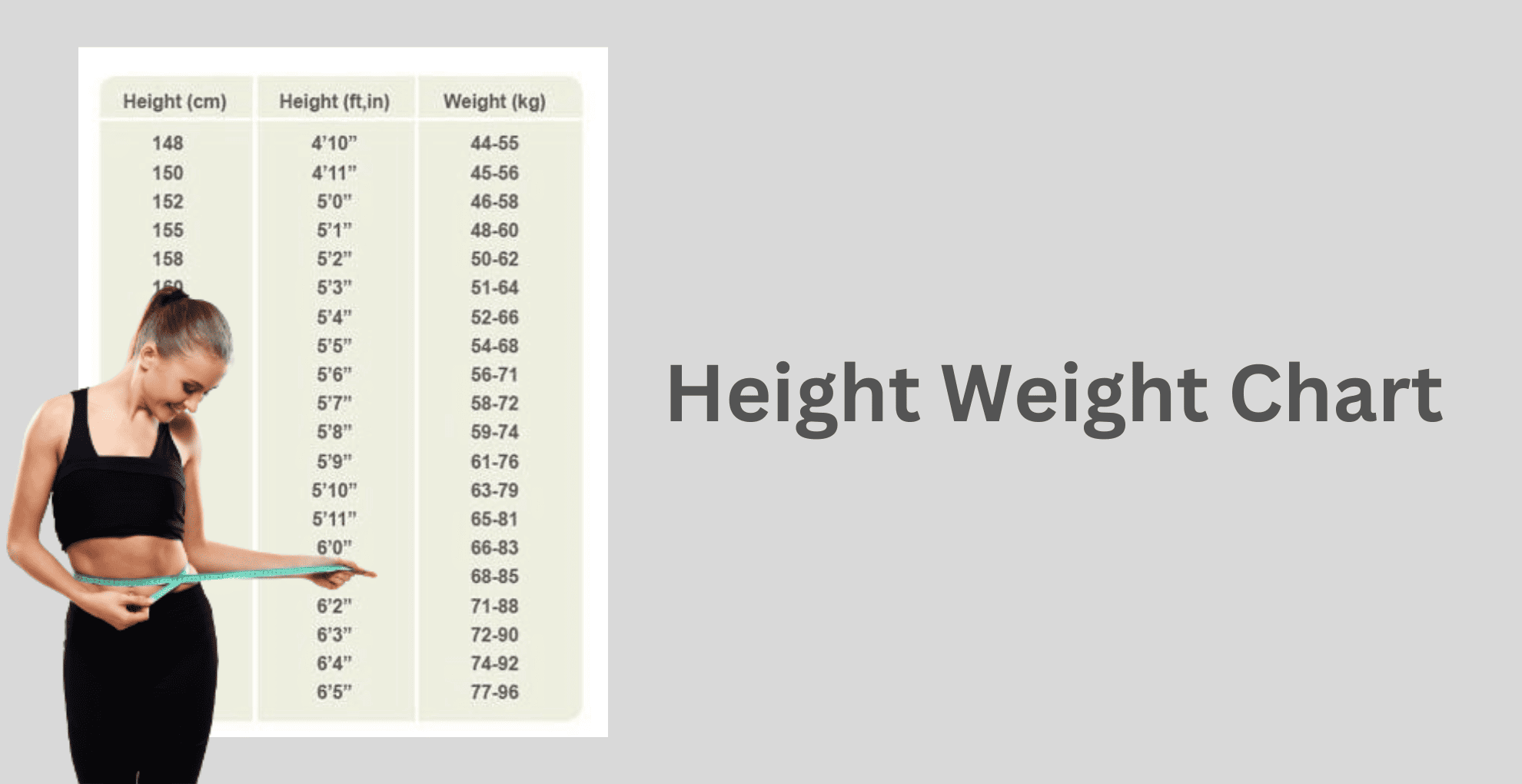This map can be used to decide if your height is the correct weight. You can also use a healthy weight monitor from the BMI.
Only for adults and people is this height/weight map appropriate. It is not suitable for children or people under 18 years of age.
Use the BMI healthy weight scale, which is ideal for adults and children, when you are under 18 or want to test if your kid is of a healthy weight.
The red book (Personal Child Health Record) for parents in the majority of the regions of England, either prior to or after their child’s birth, contains growth charts specifically for kids.
Underweight
There are a number of possible reasons for that if you are in the underweight category. Your GP will help you learn more and give you advice and support. Learn more about underweight adult feeding.
Healthy weight
You are a healthy weight for your height if you are in a healthy weight range.
A nutritious diet and physical exercise in your daily life are also essential for you to remain healthy. For at least 150 minutes, adults should be involved each week.
Overweight, obese or very obese
You are taller than is safe for anyone of your height when you are in one of those categories. The elevated incidence of heart disease, stroke, and type 2 diabetes is induced by extra weight. Time to act. It is time.
There is lots of information, tips, and resources on NHS Choices that will benefit you:
- Access the NHS weight loss plan, a free 12 weeks diet and fitness system
- Loser pounds provides some material and suggestions on safe weight success
- Diet and drink includes details and guidelines about balanced eating.
You can also speak with your GP or nurse. You will educate you on the improvements in your diet and refer you to a weight loss program or explore other therapies.
Is this chart suitable for all adults?
For most people aged 18 or over, this graph is sufficient. If you have a very muscular build, it may not be acceptable.
This is because having a lot of muscle, even though you have little body fat, might place you in the bulky or obese categories. For starters, while professional rugby players have little body fat, they can fall into the “obese” category. This is not true for most people, though.
In addition to BMI, the diameter of your waist may provide you with health information. What’s your BMI, may you know more?



